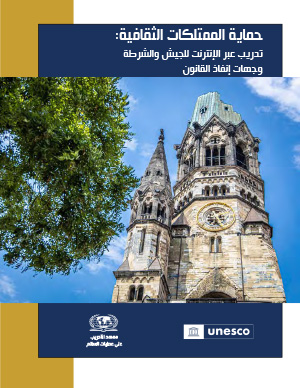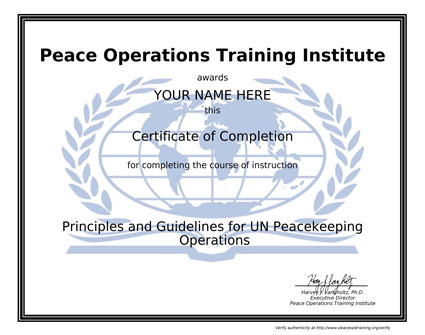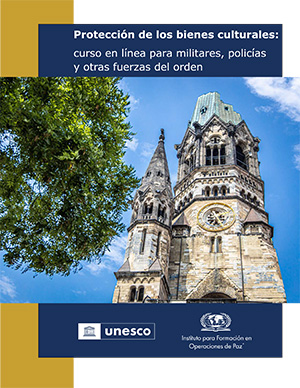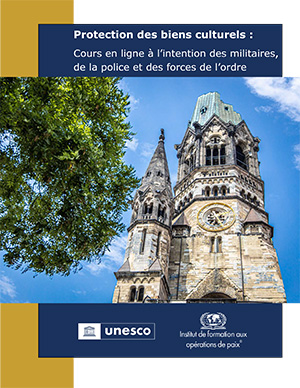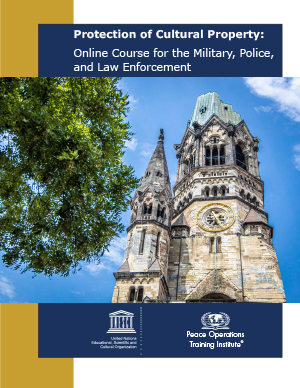يحظر القانون الإنساني الدولي، أو قانون النزاعات المسلحة، التدمير المتعمد للممتلكات الثقافية في النزاع المسلح. قد يشكل عدم الامتثال لقواعد الحماية الدولية جريمة حرب قد تؤدي إلى محاكمة أفراد من الجنود وقادتهم. لذلك، من الأهمية بمكان أن يعرف كل شخص في هذا المجال ما يجب فعله وما لا يجب فعله عند مواجهة ممتلكات ثقافية في سياق العمليات.
تم تطوير التدريب لدعم تنفيذ القواعد التي تحكم حماية الممتلكات الثقافية، والتي تهدف إلى حماية الممتلكات الثقافية قبل وأثناء وبعد النزاع المسلح ومنع تدميرها أو نهبها أو الاتجار بها بطريقة غير مشروعة. على الرغم من أن هذا التدريب ينطبق على نطاق واسع على العمليات والأنشطة العسكرية، فقد تم إعداده مع وضع عمليات السلام التابعة للأمم المتحدة في الاعتبار. يصف بعض مواقف الحياة الواقعية من البعثات السابقة في مناطق النزاع ويتطرق إلى الموضوعات ذات الصلة، مثل الاستعداد والنوع والتعاون المدني العسكري.
تم نشر هذا التدريب بالاشتراك مع منظمة الأمم المتحدة للتربية والعلم والثقافة (اليونسكو) ويستند إلى دليل اليونسكو العسكري لحماية الممتلكات الثقافية.
Nombre de pages: 70 [Arabe]
Editeur: Institut de formation aux opérations de paix (POTI) [14-06-2022]
